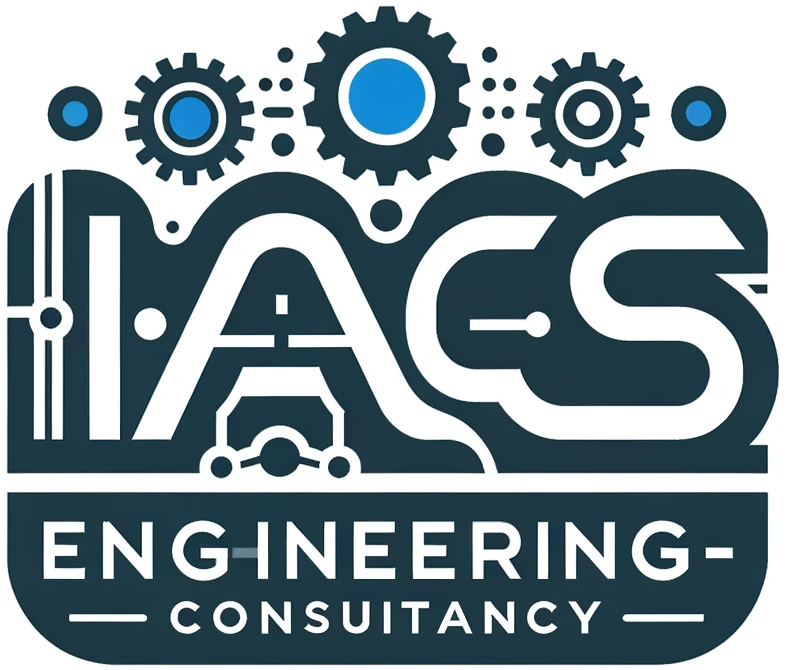Project management philosophies are different approaches that guide how a project is planned, executed, and controlled. Each philosophy emphasizes different aspects and is suited to specific project types. Here are some of the common project management philosophies:
- Waterfall: This traditional approach follows a linear sequence: planning, design, development, testing, and deployment. Each stage is completed sequentially before moving to the next.
- Agile: This iterative and flexible approach emphasizes continuous adaptation and feedback. Projects are broken down into smaller tasks (sprints) with frequent delivery and testing cycles.
- Lean: This philosophy focuses on eliminating waste and maximizing value. It prioritizes continuous improvement and reducing lead times.
- Scrum: A specific framework within Agile methodology that uses short sprints (typically 1-4 weeks) and focuses on delivering working software increments at the end of each sprint.
- Kanban: A visual workflow management system that utilizes boards and cards to represent tasks. It emphasizes continuous flow and limiting work in progress (WIP) to improve efficiency.
- PRINCE2 (Project IN Controlled Environments): A structured methodology widely used in the UK government, emphasizing detailed planning, risk management, and a stage-gate approach with defined decision points.
Combing Waterfall principles for structured planning and risk management with elements of Agile for adaptability during implementation is a popular approach in industrial automation and control system engineering project management. This hybrid strategy helps ensure a successful project outcome while maintaining the necessary level of control and adherence to safety regulations.
We list below the project management challenges to be probably faced by a project manager and it is in addition to using tools like Microsoft Project, Microsoft SharePoint, Microsoft Teams, etc.
Challenges in Project Management:
Based on our over two decades industrial experience, we list below top challenges to be probably faced by a project manager in Industrial Automation and Control Systems Engineering (IACS) projects.
Project Scope Management:
Ensuring that project scope is well-defined and aligned with client requirements, and managing scope changes effectively to prevent scope creep.
- Unclear or incomplete client requirements: Difficulties in accurately defining project scope and gathering detailed information from clients can lead to misunderstandings and scope creep later.
- Unrealistic expectations: Clients might not fully grasp the complexities involved, leading to unrealistic expectations regarding timelines, costs, and system capabilities.
Note: Our low-cost and expert Functional Design Specifications (FDS) document development and writing services can help you, Click here to know more about the sections and sub-sections.
Project Documentation Management:
Industrial automation projects involve a significant amount of documentation, including Process Description (PD), Process Flow Diagrams (PFDs), Piping & Instrumentation Diagrams (P&IDs), Functional Design Specifications (FDS), Electrical Schematics, IO Lists, Inspection and Test Plans (ITPs), and Compliance Documentation. Project managers need efficient systems for document management to ensure accurate record-keeping and version control.
Technical Complexity:
Dealing with the intricate nature of automation technologies such as PLCs, SCADA systems, robotics, IoT devices, and various communication protocols, and having the expertise to implement and troubleshoot them.
- Staffing challenges: Finding and retaining qualified personnel with the diverse skillset required for automation projects (PLC programming, SCADA expertise, networking etc.) can be difficult.
- Knowledge of client’s specific industry: Understanding the nuances of the client’s industry and its specific automation needs is crucial for successful implementation.
Integration Challenges:
Integrating new automation systems with existing infrastructure, including compatibility issues between different hardware and software components, and ensuring seamless communication between disparate systems.
- Legacy System Integration: As mentioned before, integrating new systems with outdated infrastructure can be a hurdle due to lack of proper documentation, incompatible components, and difficulty finding specialists familiar with legacy systems.
- Interoperability issues: Ensuring seamless communication and data exchange between various components (hardware & software) from different vendors can be complex and time-consuming.
- Cybersecurity concerns: Implementing robust cybersecurity measures during system design and integration is crucial to protect against potential cyberattacks.
Resource Allocation:
Balancing manpower, budget, equipment, and other resources to meet project deadlines and deliverables, and optimizing resource utilization throughout the project lifecycle.
- Managing Project Schedule: Unexpected delays during installation, commissioning, or integration can derail the project timeline. Proactive risk management and effective communication with clients are essential for managing these situations.
- Budget Control: Closely monitoring project expenses and controlling costs throughout the implementation phase is crucial to ensure profitability for the service provider.
- Resource Management: Efficient allocation of internal resources (personnel, equipment) and managing external vendors like us supplying equipment and services is critical for smooth project execution.
Risk Management:
Identifying, assessing, and mitigating risks associated with equipment failure, software bugs, cybersecurity threats, supply chain disruptions, and other factors that could impact project success.
Safety and Regulatory Compliance:
Ensuring compliance with industry standards, safety regulations (e.g., ANSI/ISA 84), cybersecurity requirements, and environmental regulations, and documenting adherence to regulatory requirements.
Ensuring the safety of project personnel and compliance with health and safety regulations during project execution.
Project Timelines:
Successfully completing the project within the agreed-upon timeframe is a primary target. This involves effectively managing the project schedule, mitigating delays, and keeping stakeholders informed of any potential slippages.
Profitability:
Achieving targeted profit margins or return on investment (ROI) for the project while balancing cost considerations and delivering value to the client.
Note: We list some project management software tools specifically for industrial automation and control systems engineering, click here to know more about it.
